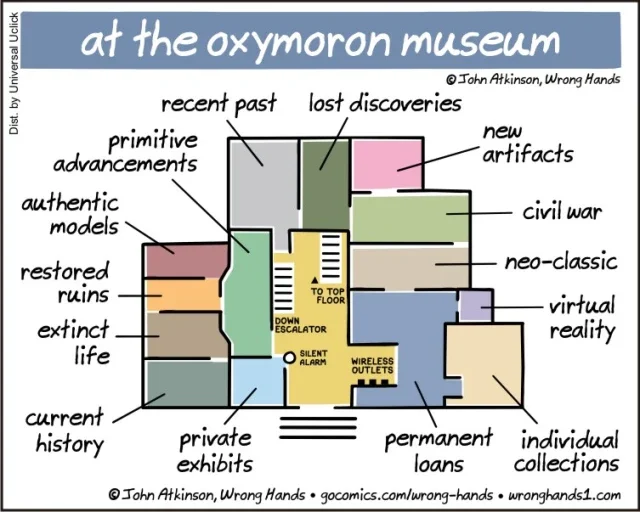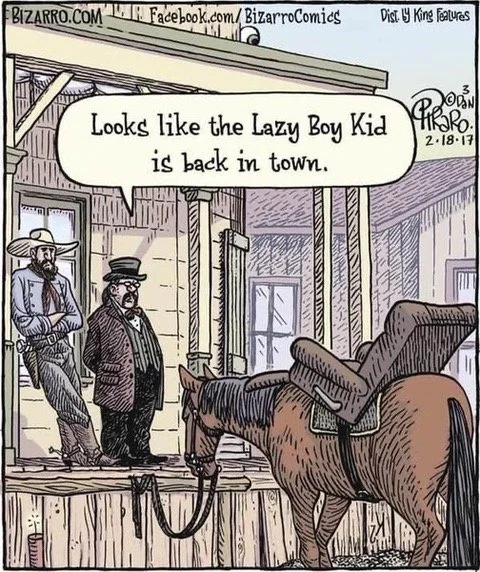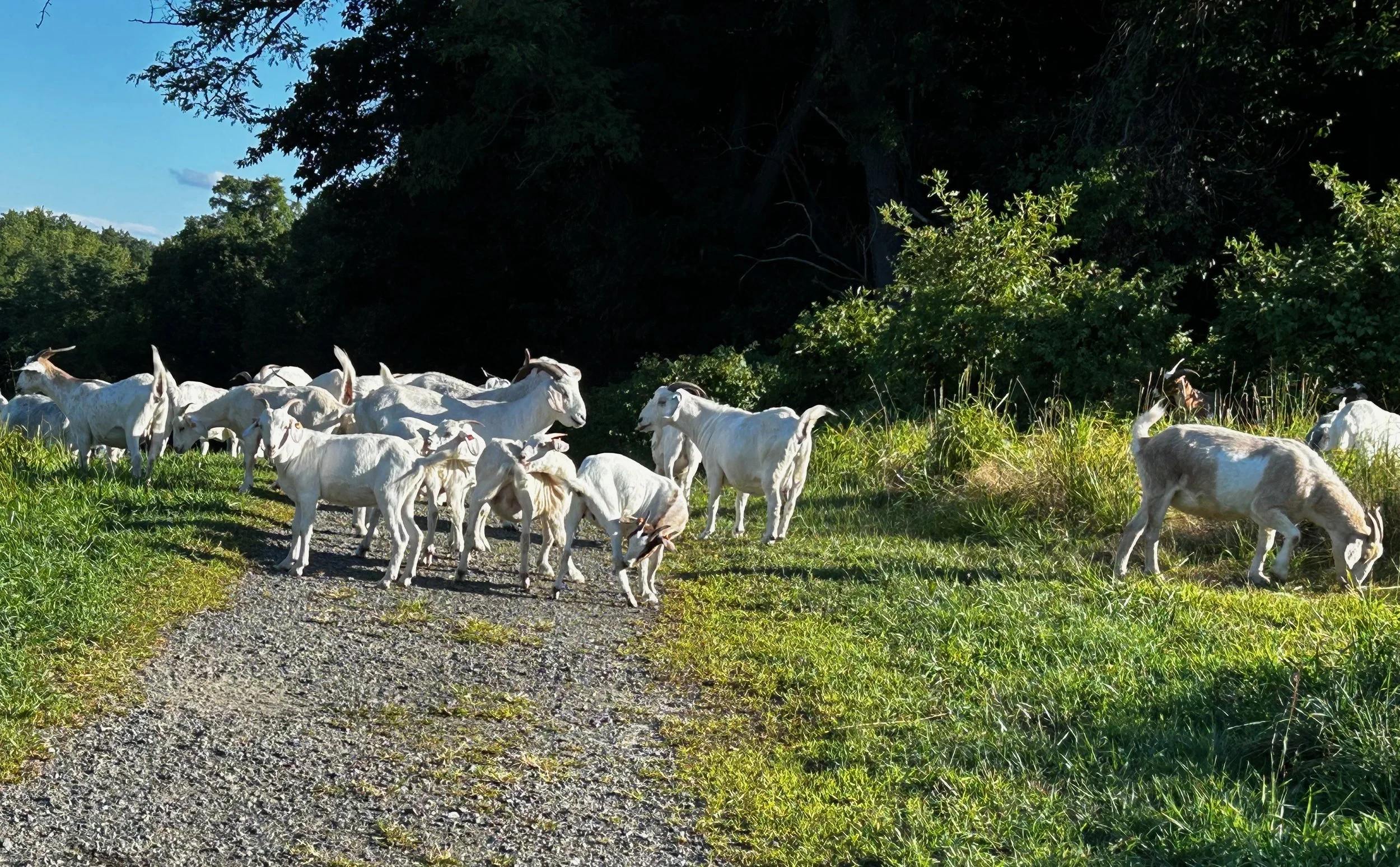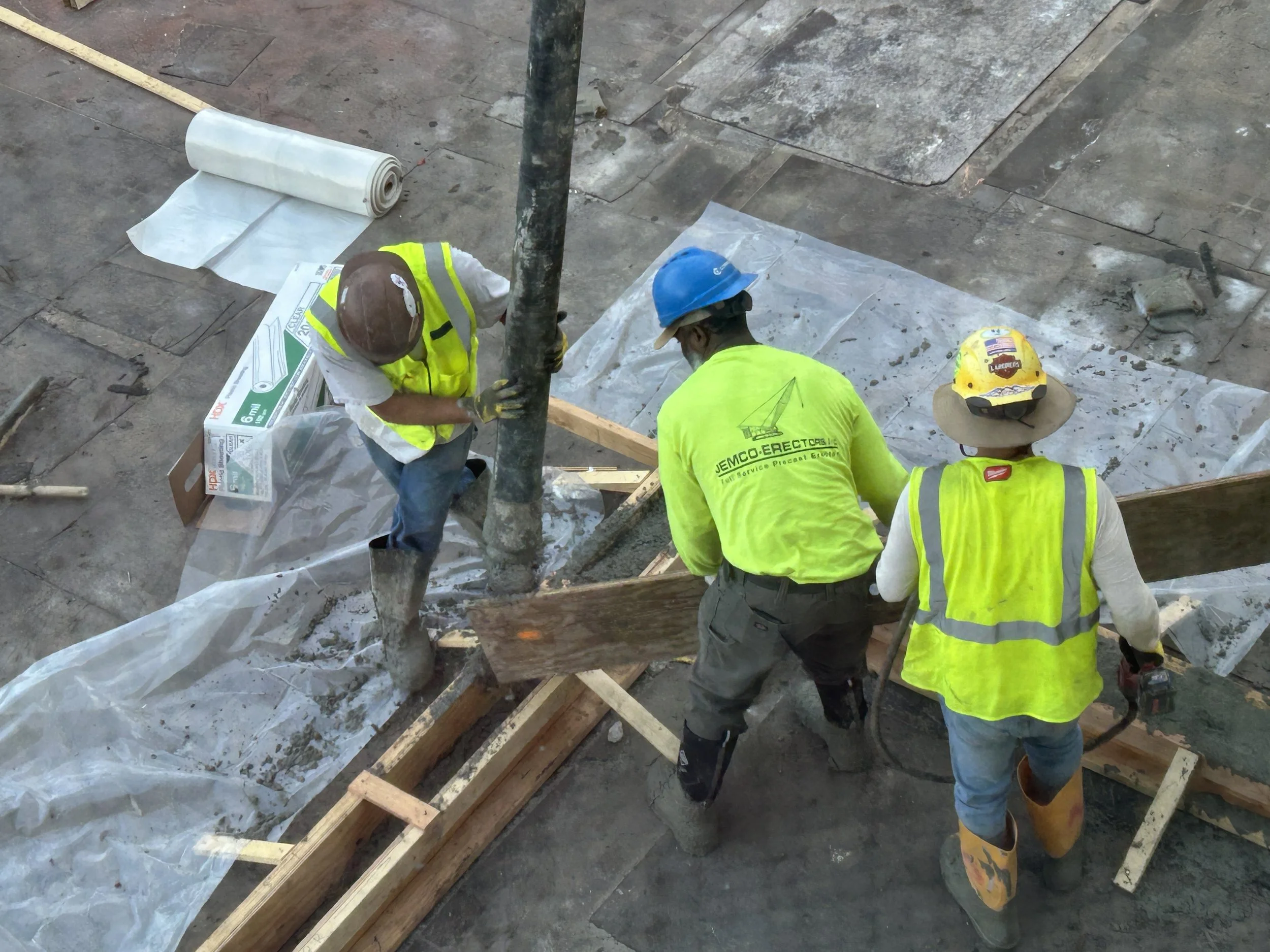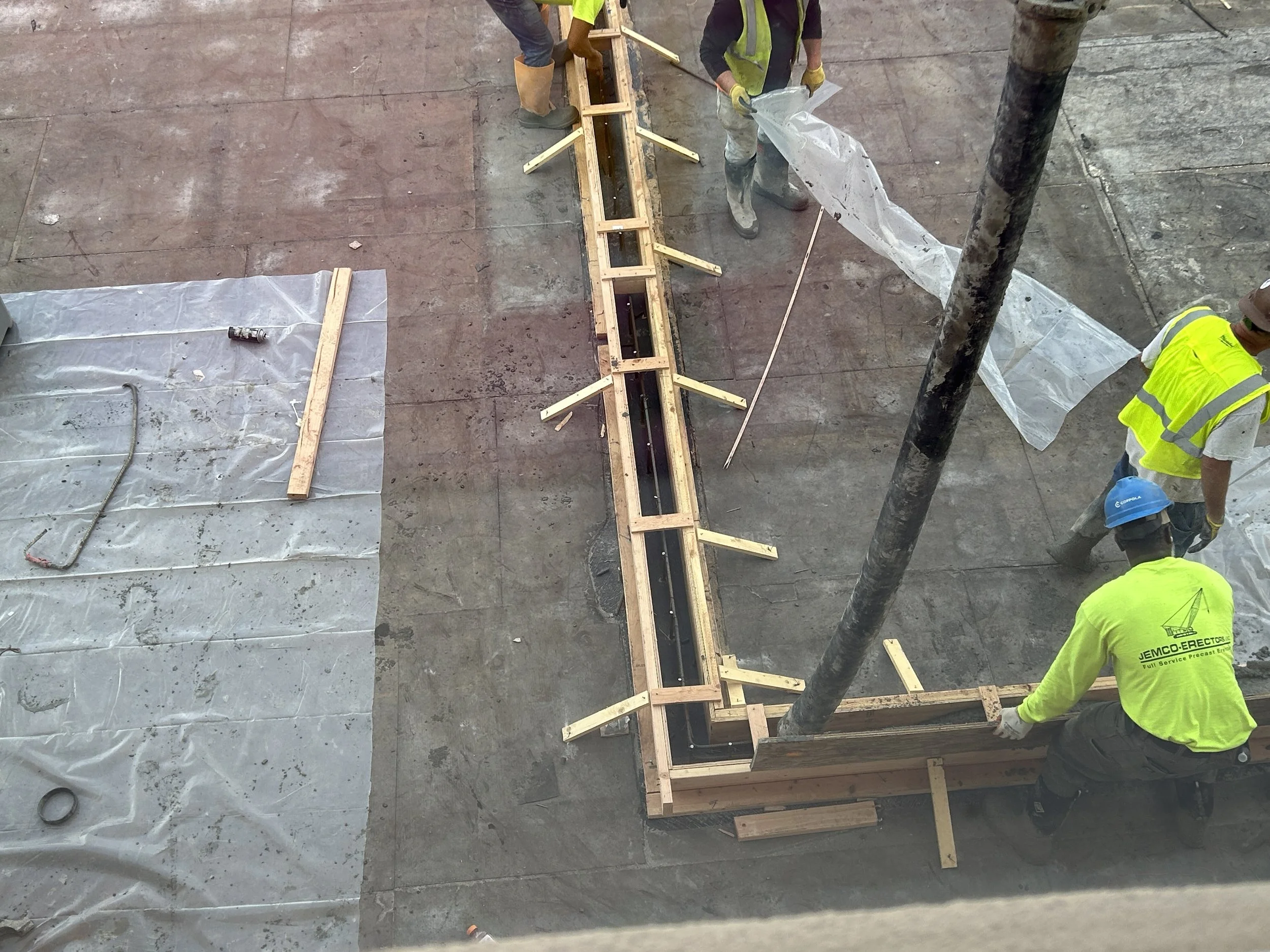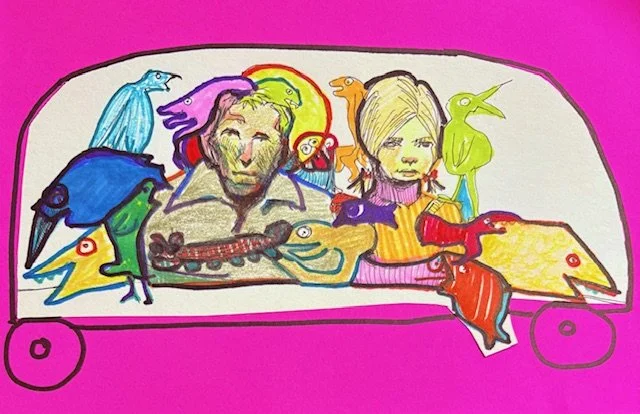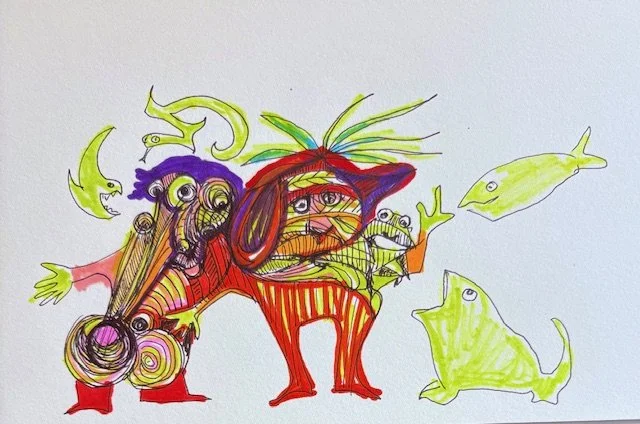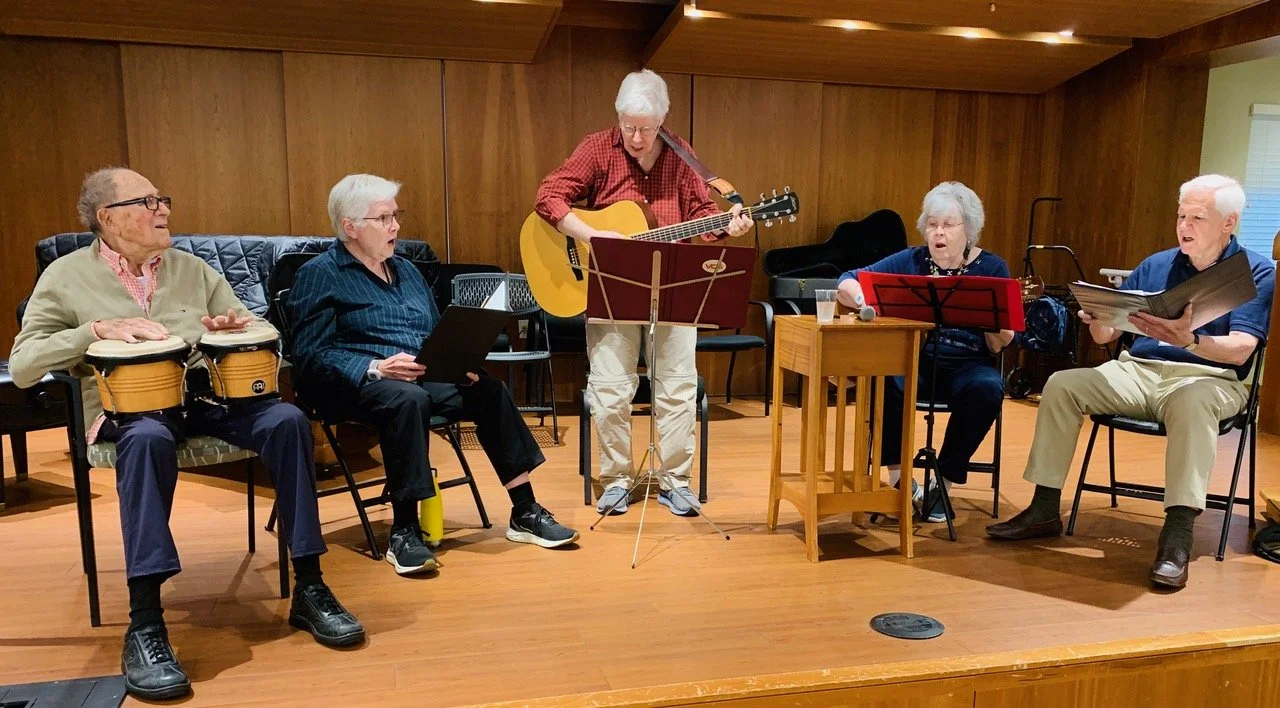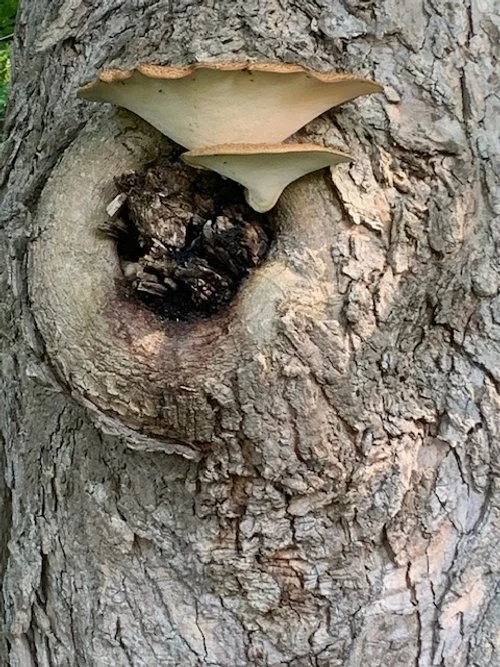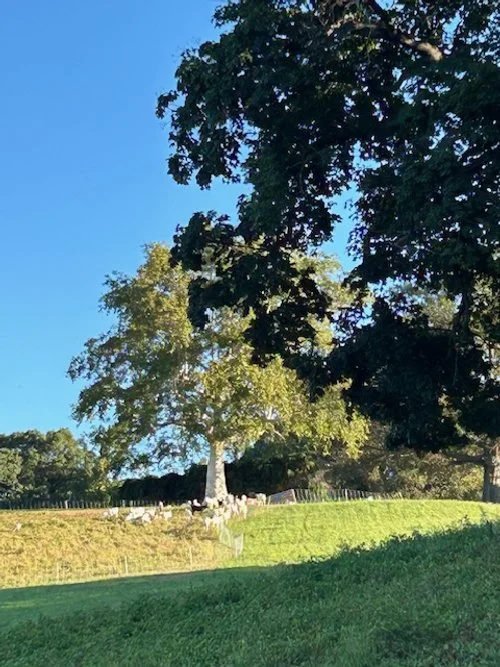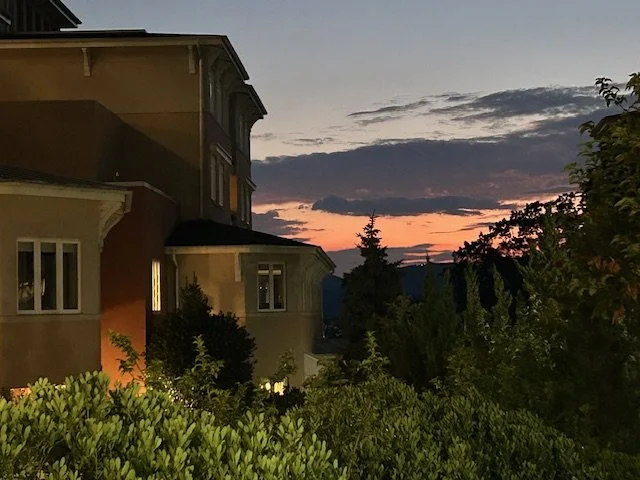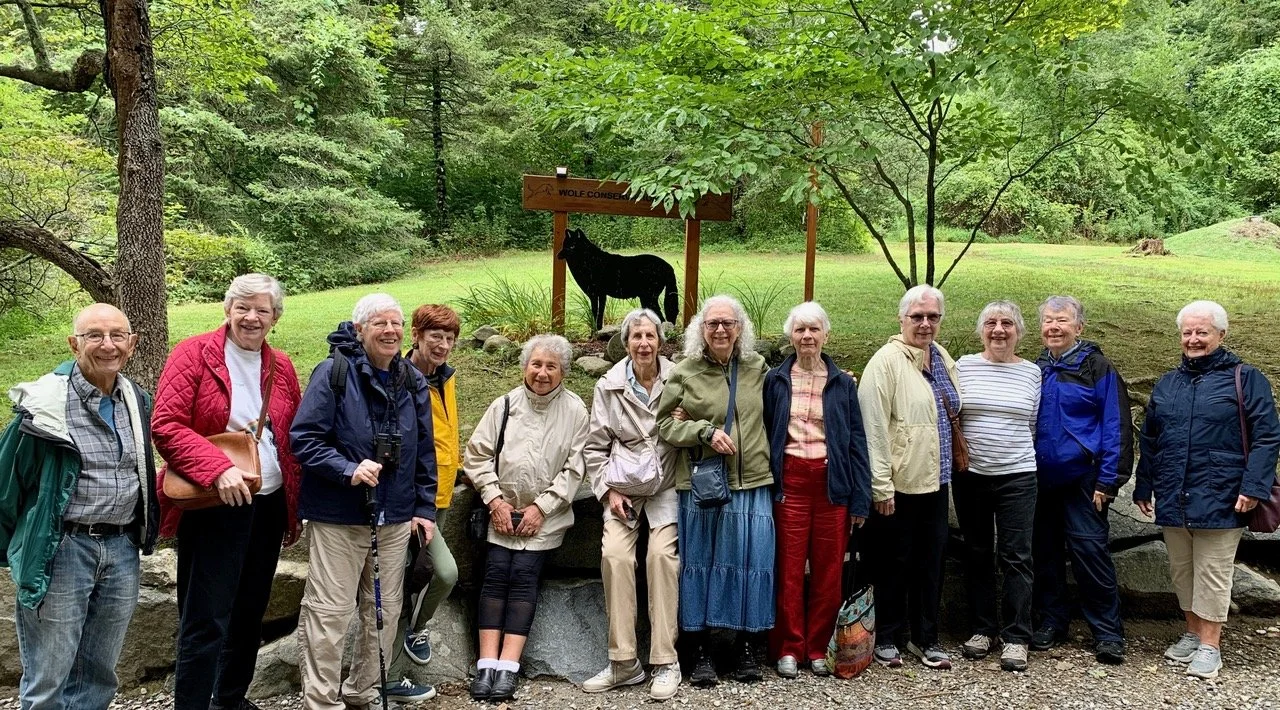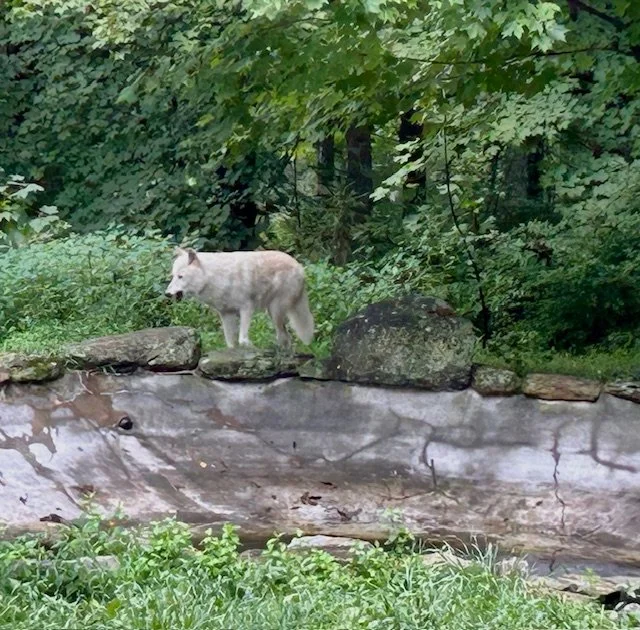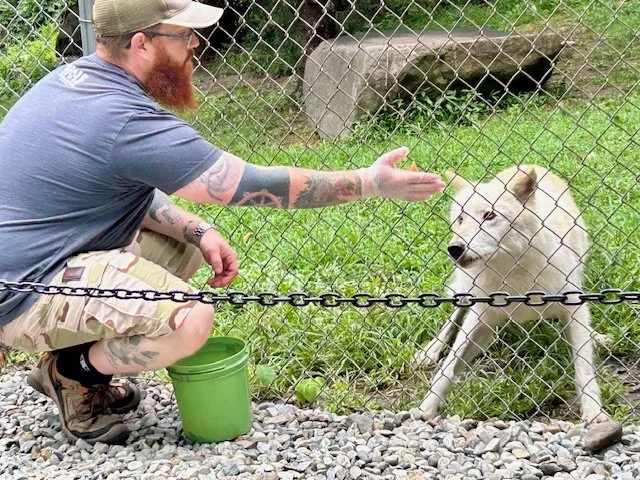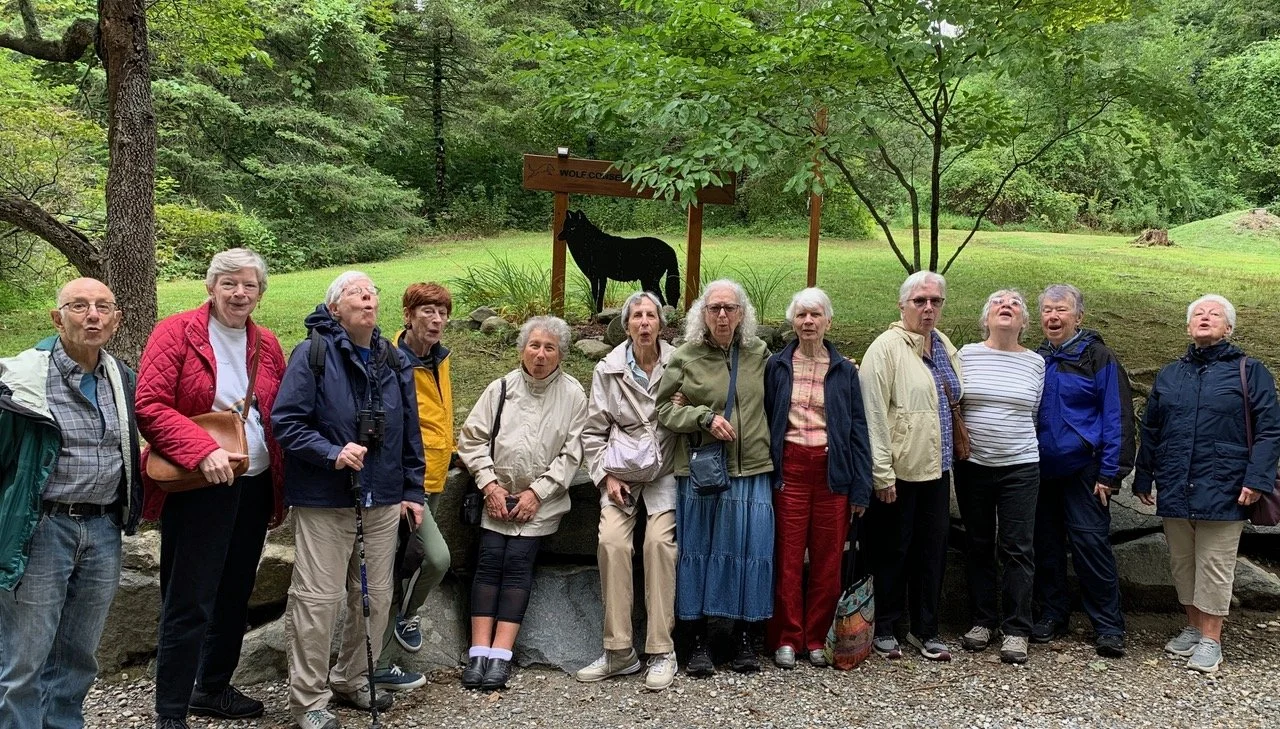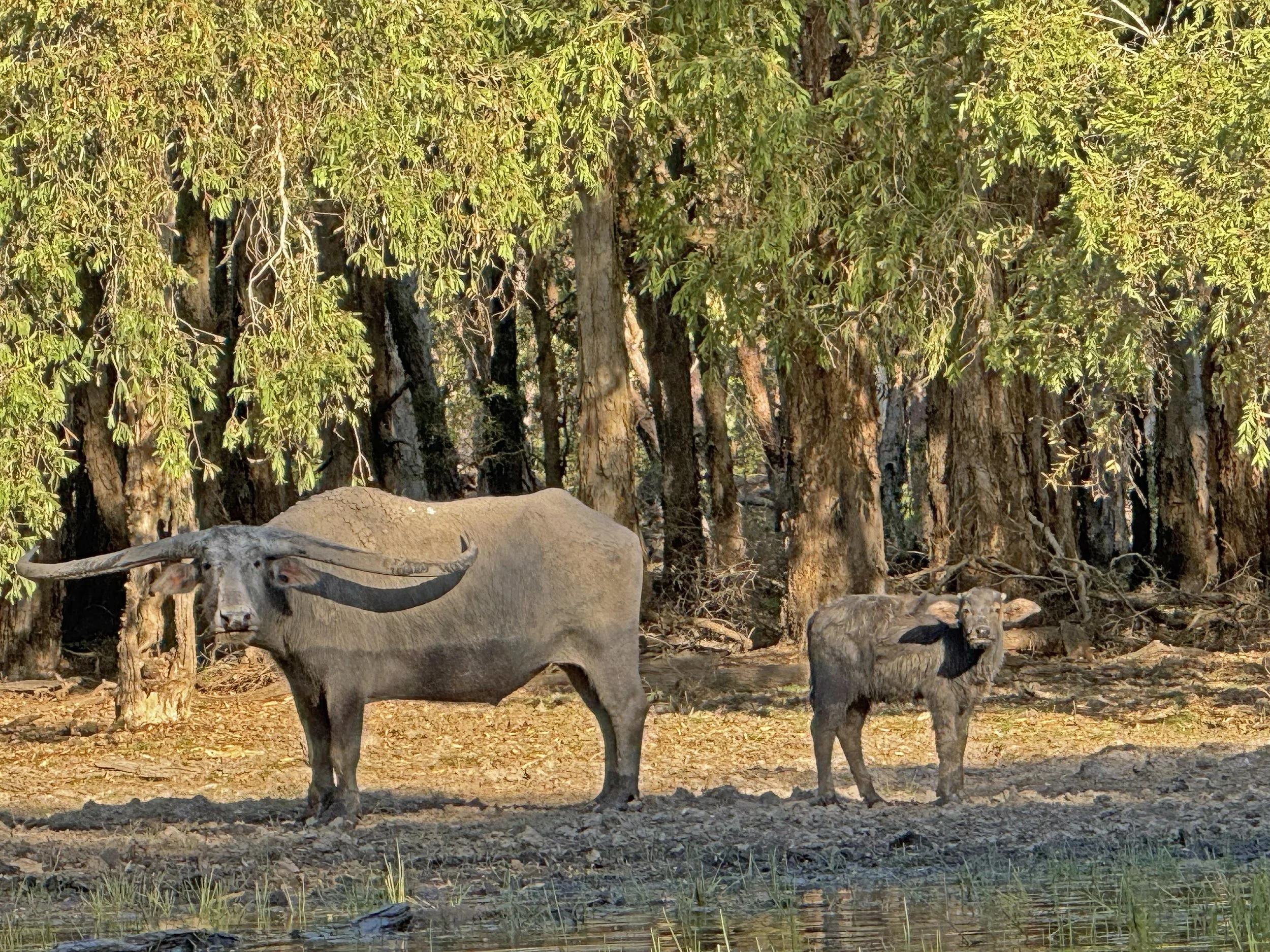Names (and the Trouble With Them)
A name was the most basic marker of identity for centuries, but it often wasn’t enough. In ancient Greece, to distinguish between people with the same first name, individuals were also identified by their father’s name. For example, an Athenian pottery shard from the fifth century BCE names Pericles as “Pericles son of Xanthippus.” In ancient Egypt, the naming convention might have reflected the name of a master rather than a parent.
But when everyone shared the same name—as in one Roman Egyptian declaration in 146 CE, signed by “Stotoetis, son of Stotoetis, grandson of Stotoetis”—things could get muddled. To resolve this, officials turned to another strategy: describing the body itself.
Scars and Silk
Detailed physical descriptions often served as a kind of textual portrait. An Egyptian will from 242 BCE describes its subject with remarkable specificity: “65 years old, of middle height, square built, dim-sighted, with a scar on the left part of the temple and on the right side of the jaw and also below the cheek and above the upper lip.” Such marks made the body “legible” for identification.
In 15th-century Bern, Switzerland, when authorities sought to arrest a fraudulent winemaker, they didn’t just list his name. They issued a description: “large fat Martin Walliser, and he has on him a silk jerkin.” Clothing—then a significant investment and deeply symbolic—became part of someone’s identifying characteristics. A person’s outfit could mark their profession, social standing, or even their city of origin.
Badges and Insignia
Uniforms and insignia served a similar function, especially for travelers. In the late 15th century, official couriers from cities such as Basel, Switzerland, and Strasburg, France, wore uniforms in city colors and carried visible badges. Pilgrims and beggars in the late Middle Ages and beyond were also required to wear specific objects—such as metal badges or tokens—that marked their status and origin. Some badges allowed the bearer to beg legally or buy subsidized bread, offering both practical aid and visible authentication.
Seals, Signatures, and Letters
Seals also served as powerful proxies for the self. From Mesopotamian cylinder seals to Roman oculist stamps and medieval wax impressions, these identifiers could represent both authority and authenticity. In medieval Britain, seals were often made of beeswax and attached to documents with colored tags. More than just utilitarian tools, seals were embedded with personal iconography and could even be worn as jewelry.
In many cases, travelers also had to carry letters from local priests or magistrates identifying who they were. By the 16th century, such documentation became increasingly essential, and failing to carry an identity paper could result in penalties. This passport-like system of “safe conduct” documents gradually started to spread. What began as a protection for merchants and diplomats evolved into a bureaucratic necessity for everyday people.
As written records became more widespread in medieval Europe, so did the need for permanent, portable identifiers. Royal interest in documenting property and legal rights led to the proliferation of official records, which in turn prompted the spread of literacy. Even as early as the 13th century in England, it was already considered risky to travel far without written identification.
The signature eventually emerged as a formal marker of identity, especially among literate elites, and was common by the 18th century. Still, in a mostly oral culture, signatures functioned more as ceremonial gestures than verification tools.
Heraldry and Livery
For the European upper classes, heraldry functioned as a visual shorthand for identity and lineage. Coats of arms adorned not only armor and flags but also furniture, buildings, and clothing. Retainers wore livery bearing their master’s symbols, making them recognizable on sight. Even death could not erase this symbolism—funerals were staged with heraldic banners, horses emblazoned with arms, and crests atop hearses.
Yet heraldry could also be diluted or faked. By the 16th century, unauthorized use of coats of arms was widespread, and forgers such as the Englishman William Dawkyns were arrested for selling false pedigrees and impersonating royal officers. In time, heraldry gradually lost its power to function as a reliable ID system.
Memory and Proximity
In the end, one of the most effective early methods of identification was simply being known. In rural communities, neighbors kept tabs on each other through personal memory and observation. You didn’t need a signature if the village priest or market vendor had known you since birth.
But with the rise of cities and the disruption of industrialization, such personal networks broke down. The state stepped in with systems of registration, documentation, and, eventually, visual records. Identity, once rooted in familiarity and the body, became a matter of paperwork and policy.
Before the photograph fixed the face in official form starting around the late 19th century, people relied on a more fluid, and sometimes fragile, constellation of signs: names, scars, clothing, crests, seals, and simple familiarity. All were attempts to answer the same eternal question—who are you?—in the absence of a camera’s eye.
Source: historyfacts.com
Contributed by Jane Hart





